| THE BRITISH OVERSEAS RAILWAYS HISTORICAL TRUST
A UK Registered Educational Charity |  |
SOME RAILWAY HISTORY
by Mike Hudson
As the British Railway system expanded rapidly at the beginning of the Victorian era, other countries soon called on British expertise to assist their own economic development.
ScandinaviaAfter tentative minor railways under private enterprise, the Swedish State Railways commenced construction in 1855 of both their Western Main Line from Göteborg to Stockholm and the Southern Main Line from Malmö to a junction at Falköping.
| Posted March 2014. |
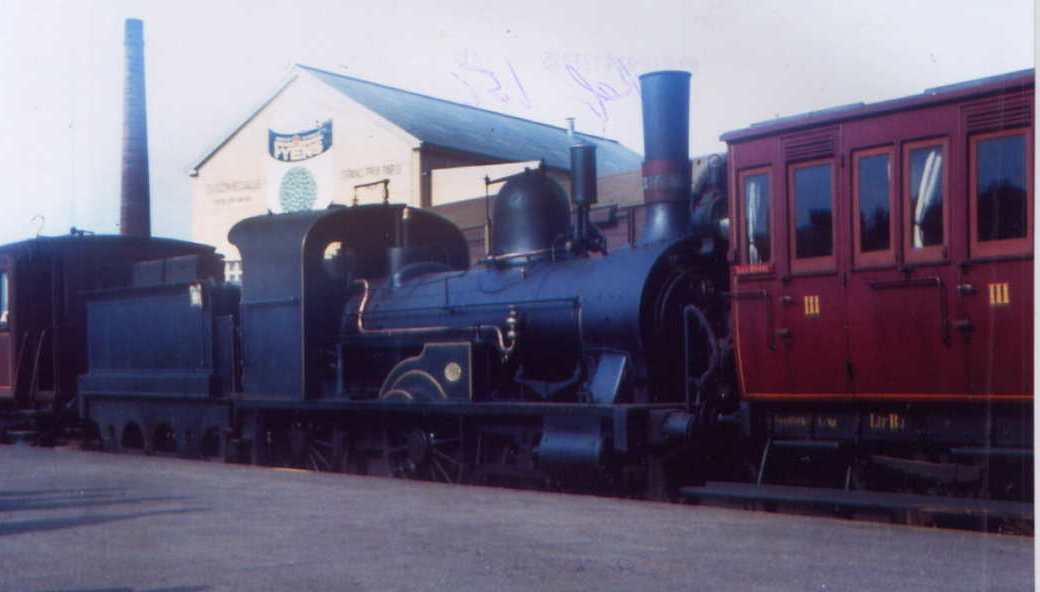
Photos © Mike Hudson |
The first Railway in Denmark from Copenhagen to Roskilde opened in 1847 using Manchester-built locos by Sharp Brothers, but our spotlight is on Jutland. Here and on the island of Funen, the British contractors, Peto, Brassey and Betts built for the Danish State 270 miles of railway which opened over the period 1862-68. Locos came from both Brassey's own Canada Works at Birkenhead and from Robert Stephenson at Newcastle. The illustration (left) is of Class B 2-4-0 no 45 (RS 1923/1869). The first batch of six of these locos was built in 1868 and a further five including this one came the following year. No. 45 remained in service until 1928 and is now with the Danish national collection at Odense Museum. It was photographed at Odense on 25 September 1970. |
ANGOLA
Issue 38 for Winter 2013/14 of The British Overseas Railways Journal has an article by John Scott Morgan on the early days of the Benguela Railway which was British built and run, although located in the former Portuguese colony of Angola in West Africa.
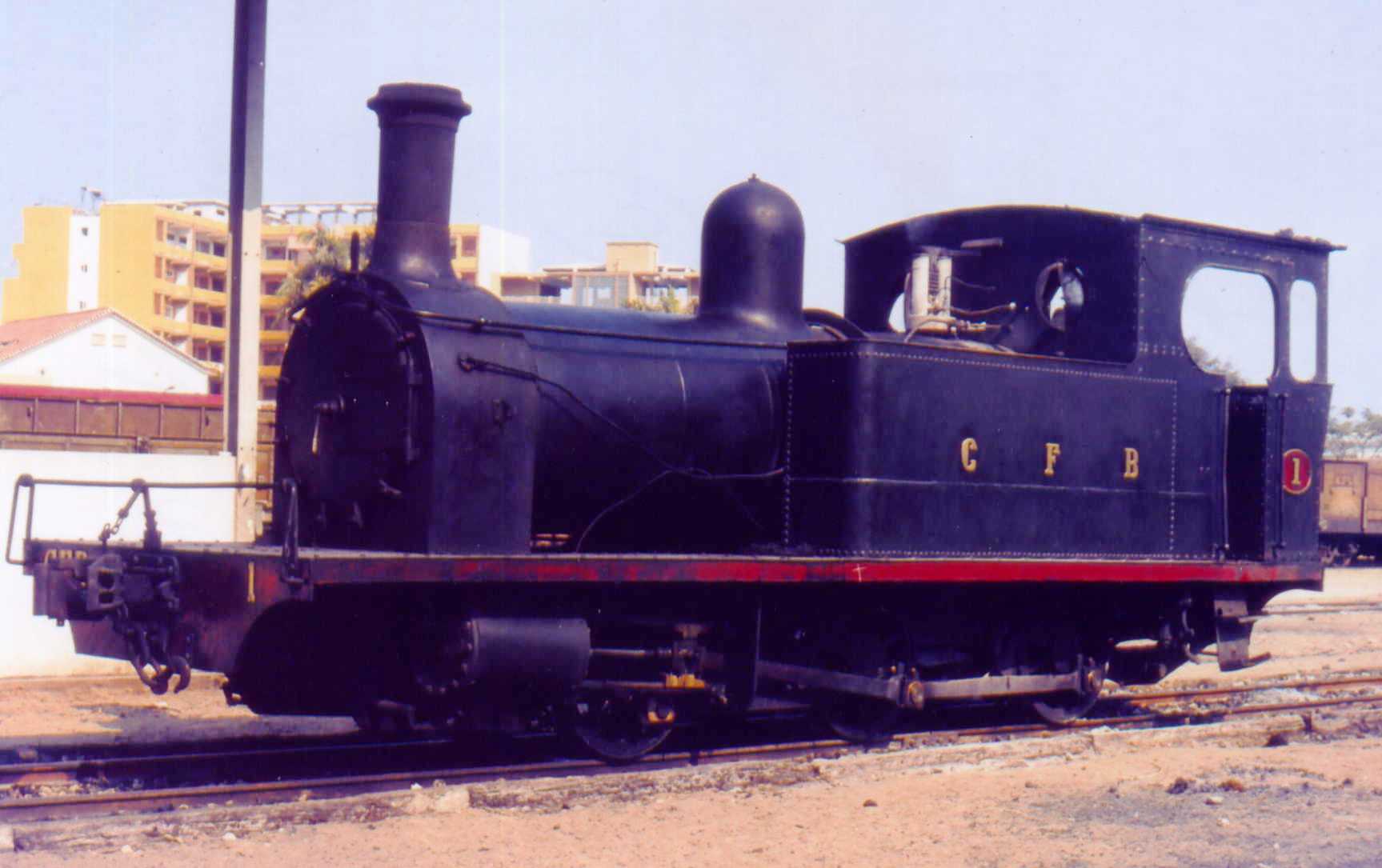 | The article includes a picture of C.F.B. No. 1, an 0-6-0T by Hunslet (874/05) in use during the construction phase. This same locomotive was still in use nearly 70 years later and was photographed simmering on shed at Lobito in September 1974. (Left) |
| John Scott Morgan also mentions the 6th Class of 4-6-0’s, the first examples of which came to the Benguela Railway second-hand from the Cape Government Railway in South Africa. There were several later batches of 6th Class built new for the Benguela and two examples of the final series by North British of Glasgow in 1909 were still active in September 1974. It will be noted that these engines were wood burners. Right: No. 27 (NBL 19349/09) receiving attention on shed at Lobito. | 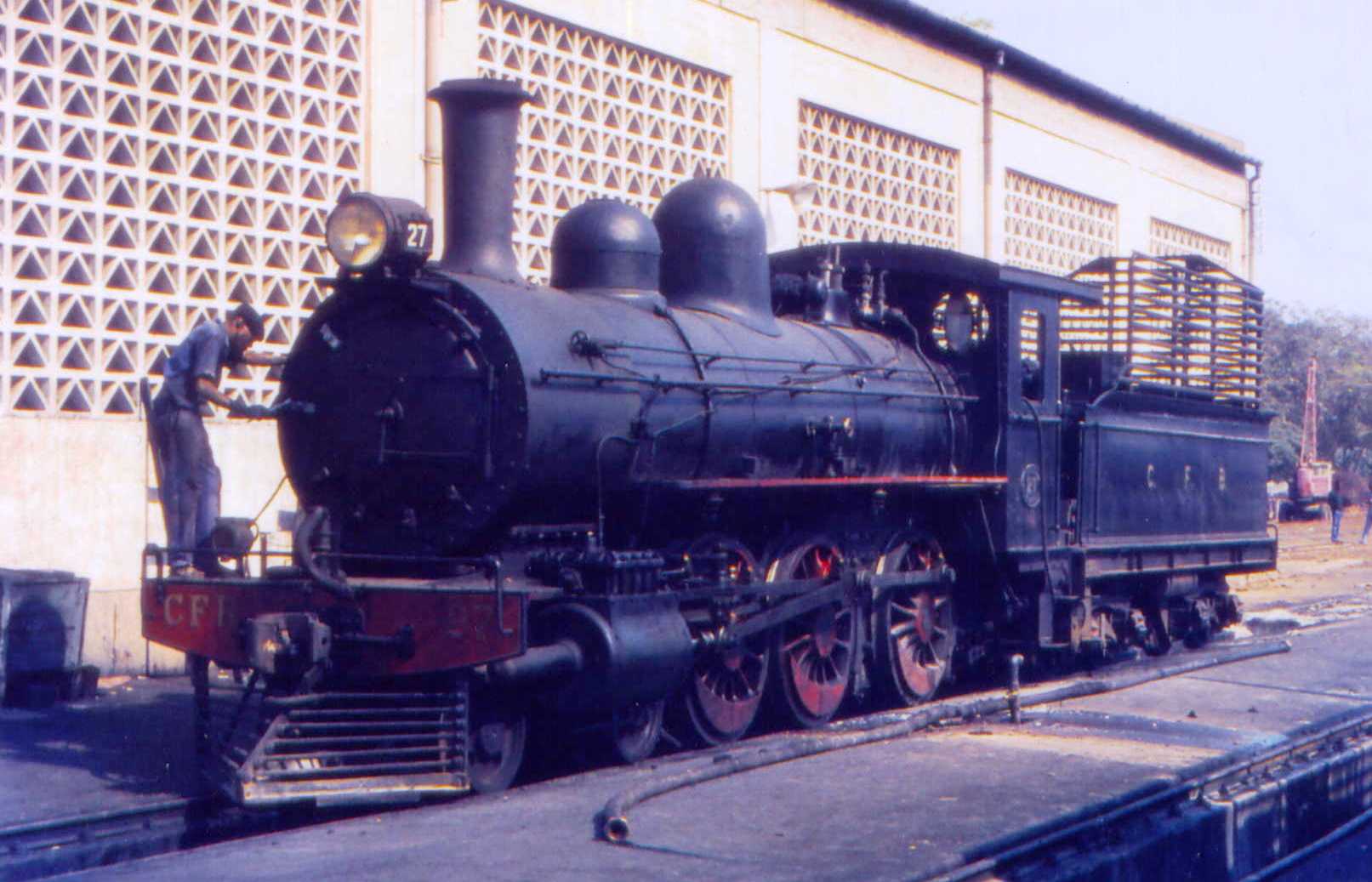
|
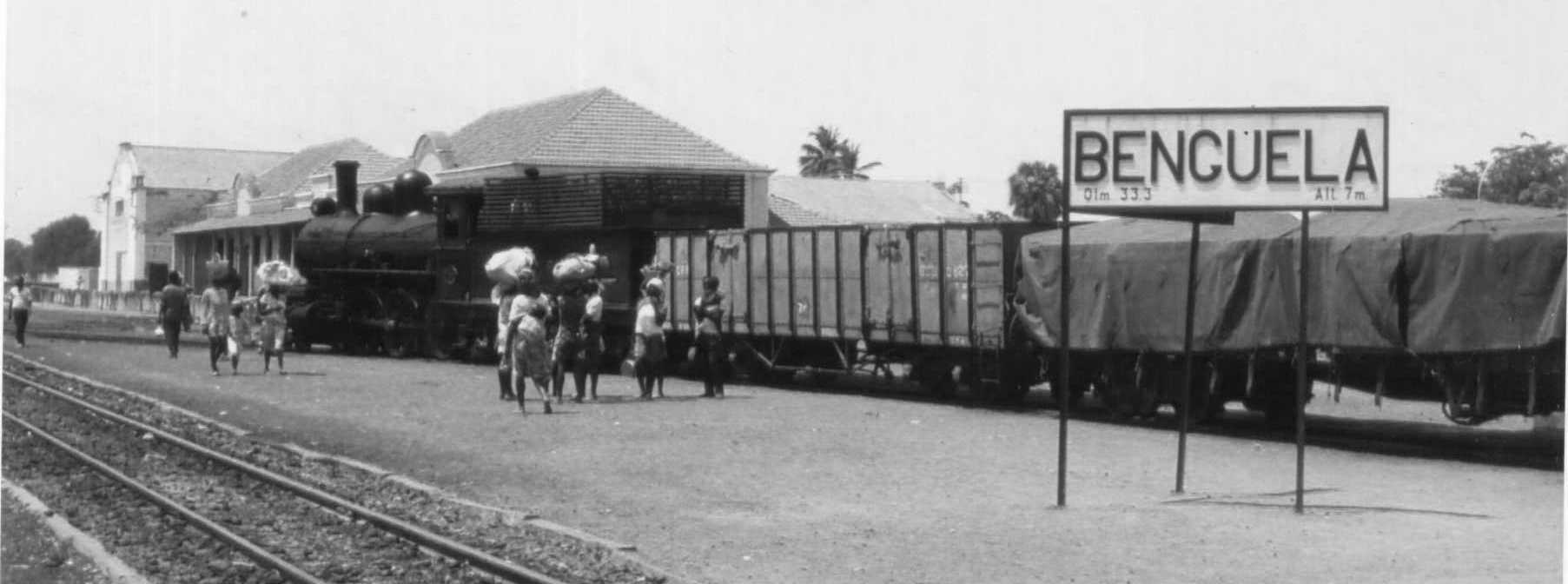 | |
ROMANIA
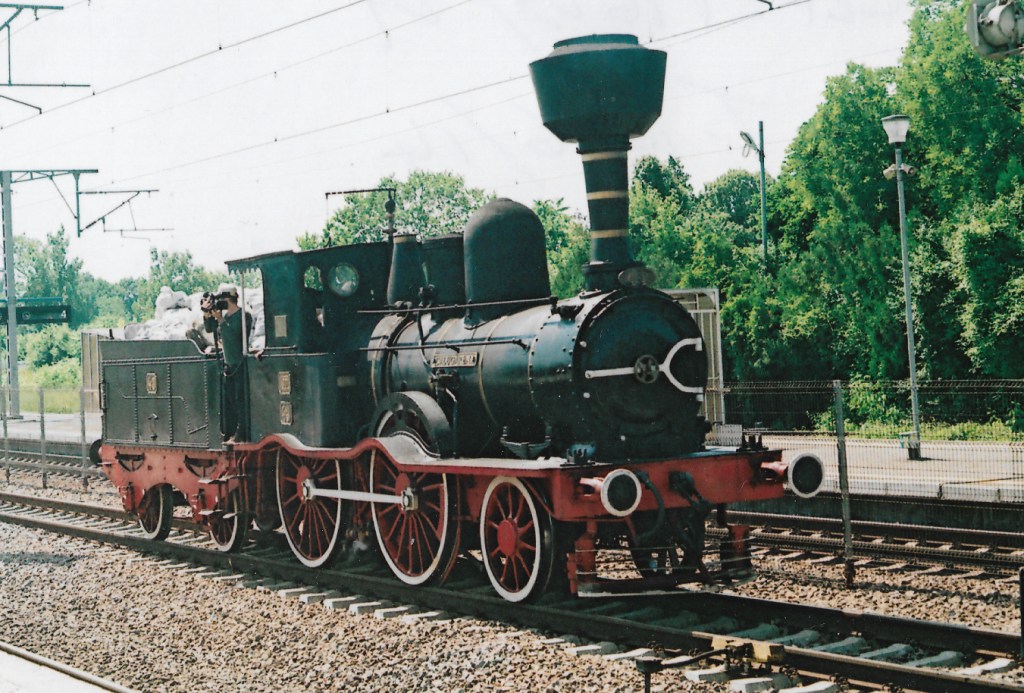 |
Canada Works 2-4-0 No. 233 of 1869, CFR No 43 CALUGARENI photographed at Bucuresti Bangasa on 10th June 2014. |
© Mike Hudson, Posted Sept 2020.
See also, Mike's list of British-built steam locomotives that have been repatriated to the UK.
|
A STORY OF BRITISH EXPORT ACHIEVEMENT |
| Registered Charity No 290944 | Company Limited by Guarantee No 1862659 |